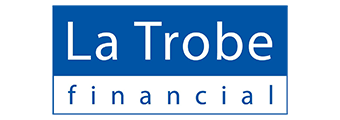Fact Checked
| Lender | Home Loan | Interest Rate | Comparison Rate* | Monthly Repayment | Repayment type | Rate Type | Offset | Redraw | Ongoing Fees | Upfront Fees | Max LVR | Lump Sum Repayment | Additional Repayments | Split Loan Option | Tags | Row Tags | Features | Link | Compare | Promoted Product | Disclosure |
|---|---|---|---|---|---|---|---|---|---|---|---|---|---|---|---|---|---|---|---|---|---|
6.74% p.a. | 6.76% p.a. | $3,240 | Principal & Interest | Variable | $null | $230 | 70% |
| Promoted | Disclosure | |||||||||||
6.99% p.a. | 7.04% p.a. | $3,323 | Principal & Interest | Variable | $0 | $220 | 70% | Disclosure | |||||||||||||
7.44% p.a. | 7.49% p.a. | $3,476 | Principal & Interest | Variable | $395 | $null | 60% | ||||||||||||||
7.49% p.a. | 7.54% p.a. | $3,493 | Principal & Interest | Variable | $0 | $221 | 80% | Disclosure | |||||||||||||
7.00% p.a. | 7.41% p.a. | $3,327 | Principal & Interest | Variable | $30 | $825 | 80% | ||||||||||||||
6.84% p.a. | – | $3,273 | Principal & Interest | Variable | $0 | $995 | 80% | ||||||||||||||
7.24% p.a. | 7.26% p.a. | $3,407 | Principal & Interest | Variable | $0 | $230 | 80% |
| Promoted | Disclosure |
Important Information and Comparison Rate Warning
Important Information and Comparison Rate Warning





